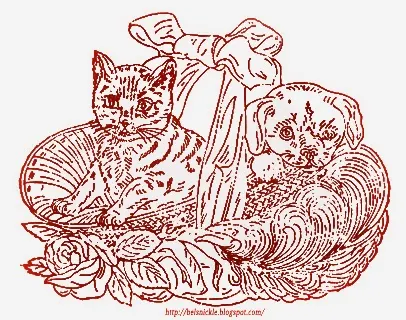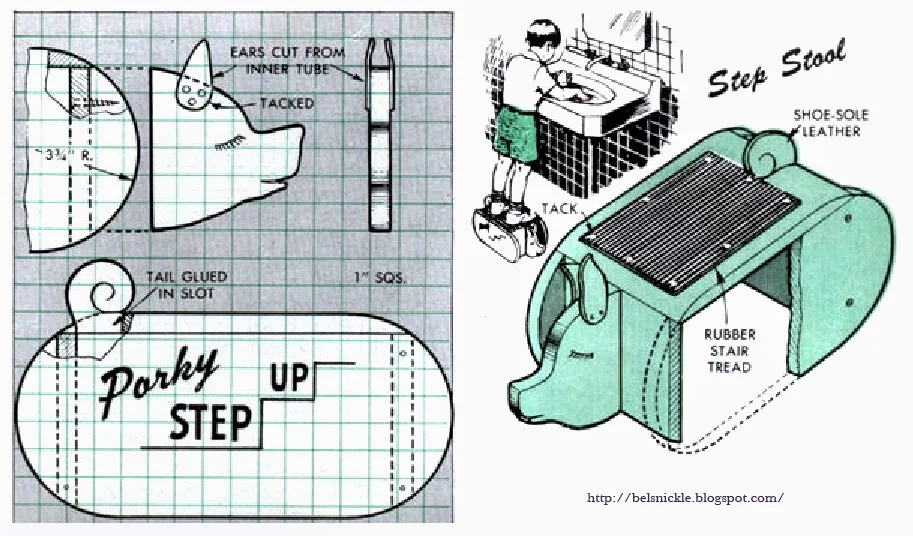Now many folks debate over politics, religion, sporting events, evening meals etc.... But in my home the debates surround the Christmas decor.
I had it in my mind to decorate a white Christmas tree and put the progress online. So now I am off to wander a bit today to see what I can find. My younger daughter has told me that she does not want me to decorate this tree in red, white and blue. She told me this because she knows that I would try to do that very thing, given the fact that my two favorite colors are red and blue.
Wish me luck, I'm thinking perhaps a pale aqua and copper color scheme instead? I'll be back to show you my progress . . .
A large group of similar ornaments should also be evenly distributed throughout the tree from top to bottom. As you can see in the photo above, I have acquired these ornaments already: snowflakes in white and pale blue. Snowflakes are a motif that I prefer to ordinary glass baubles because of the textures and visual complications these add to my trees. These are also affordably priced in the states and seldom break. I will also accumulate and alter a generous selection of pine cones to wire to my white tree from my neighborhood. Not only are these inexpensive to decorate with but large numbers of similar ornaments, like pine cones, will give my tree a formal regulated appearance.
The lighting of my tree needs to be consistent as well. For this tree I will most likely select white lights. But what is more important to me, is that the length of wiring attaching the lights should be white. In order for the wiring on any tree to be less evident, it must be the same color as the tree itself.
The crowning glory of the tree should be consistent with the overall appearance of the tree but for many folks, a tree topper is a neglected item. Perhaps this is because tree toppers generally cost more and there are fewer choices to be had in the Christmas market places of America. Most Americans will top off their tree with an angel, star, or Santa. I will be making my own tree topper in order to save money and I already know in advance that this particular topper will be a star of some sort.
When designing my tree ornaments, I try to remember my husband's eccentricities. He is not fond of tinsel. I, however, am of the mind that every Christmas tree should have some sparkle! For this reason, I have had to come up with more complicated designs in order to achieve an overall "glittery" affect without using obvious ropes or prefabricated icicles on our family trees. Sometimes I feel like the cook in that child's classic book, "Stone Soup." After every member of my family takes what they don't like off of my Christmas trees, there is very little left! One daughter doesn't like this color, the other doesn't like too many ornaments and the husband wants only trees to look like his mother's versions, wow. And you thought picking out the perfect tree was a contentious process among your family members? That event is only the beginning of negotiations at our home.
A large group of similar ornaments should also be evenly distributed throughout the tree from top to bottom. As you can see in the photo above, I have acquired these ornaments already: snowflakes in white and pale blue. Snowflakes are a motif that I prefer to ordinary glass baubles because of the textures and visual complications these add to my trees. These are also affordably priced in the states and seldom break. I will also accumulate and alter a generous selection of pine cones to wire to my white tree from my neighborhood. Not only are these inexpensive to decorate with but large numbers of similar ornaments, like pine cones, will give my tree a formal regulated appearance.
The lighting of my tree needs to be consistent as well. For this tree I will most likely select white lights. But what is more important to me, is that the length of wiring attaching the lights should be white. In order for the wiring on any tree to be less evident, it must be the same color as the tree itself.
The crowning glory of the tree should be consistent with the overall appearance of the tree but for many folks, a tree topper is a neglected item. Perhaps this is because tree toppers generally cost more and there are fewer choices to be had in the Christmas market places of America. Most Americans will top off their tree with an angel, star, or Santa. I will be making my own tree topper in order to save money and I already know in advance that this particular topper will be a star of some sort.
When designing my tree ornaments, I try to remember my husband's eccentricities. He is not fond of tinsel. I, however, am of the mind that every Christmas tree should have some sparkle! For this reason, I have had to come up with more complicated designs in order to achieve an overall "glittery" affect without using obvious ropes or prefabricated icicles on our family trees. Sometimes I feel like the cook in that child's classic book, "Stone Soup." After every member of my family takes what they don't like off of my Christmas trees, there is very little left! One daughter doesn't like this color, the other doesn't like too many ornaments and the husband wants only trees to look like his mother's versions, wow. And you thought picking out the perfect tree was a contentious process among your family members? That event is only the beginning of negotiations at our home.
The debate over real or artificial continues. Which is best?
Go with both! I get one real one for the sake of tradition
and then put up several artificial ones. These I have
kept for many, many years.
The ornaments that I am in the process of crafting for this tree:
Links to Decorating White Christmas Trees:









































